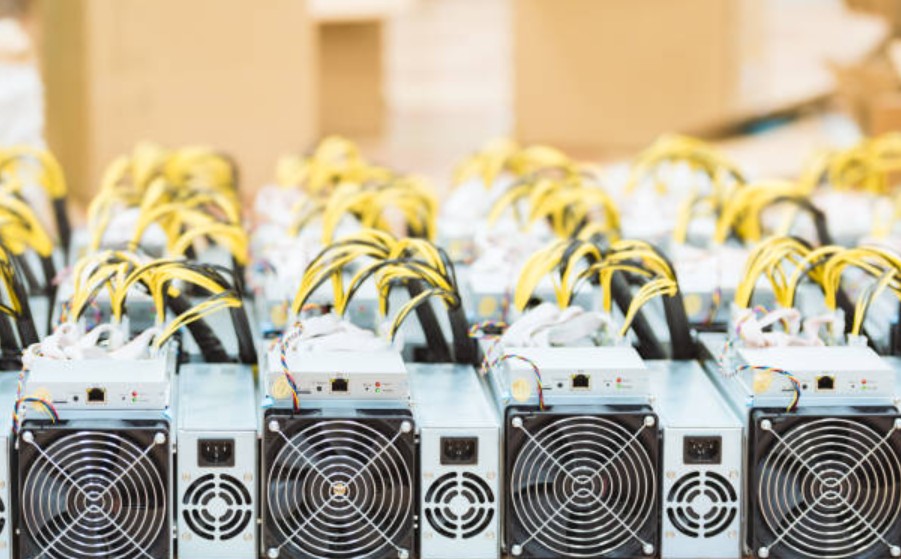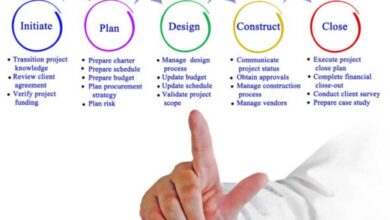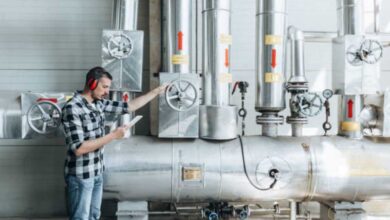
Ethereum is one of the cryptocurrencies that have grown in popularity over the past several years. Ethereum is a free and open-source blockchain technology that can be used to create decentralized apps and smart contracts. On the other hand, how are fresh Ethereum currencies made? This is where ETH mining comes into play. This article will go through the specifics of mining as well as how to get started. If you are interested in Bitcoin trading, you may click here to visit the official BitBotApp site which will make your trading journey hassle free.
Getting Started with Ethereum Mining
Before you can start mining, you need to set up the necessary hardware and software. First, you need to choose the right hardware. Ideally, you want a graphics processing unit (GPU) that is powerful enough to handle the mining process. Some popular GPUs for mining include the Nvidia GeForce RTX 3090, the AMD Radeon RX 6800 XT, and the Nvidia GeForce GTX 3080.
Once you have your hardware, you need to set up a wallet to store your ETH coins. There are many wallets to choose from, but some popular ones include MyEtherWallet, MetaMask, and Ledger Nano S. Once you have set up your wallet, you can join a mining pool. A mining pool is a group of miners who combine their computing power to increase their chances of mining a block and earning a reward. Some popular mining pools for Ethereum include Ethermine, F2Pool, and SparkPool.
Finally, you need to install mining software on your computer. There are many mining software options available, but some popular ones include Claymore, PhoenixMiner, and Ethminer. Once you have installed the mining software, you can start mining.
Understanding Ethereum Mining
To understand mining, you need to understand the proof-of-work (PoW) algorithm. The PoW algorithm is the mathematical algorithm used by Ethereum to validate transactions and add new blocks to the blockchain. When a miner successfully mines a block, they are rewarded with a certain number of ETH coins.
Mining difficulty is an important concept in mining. Mining difficulty refers to how difficult it is to mine a new block. The mining difficulty is adjusted every few days to ensure that blocks are mined at a consistent rate.
Calculating mining profitability is also important when it comes to ETH. You want to make sure that the cost of your hardware, electricity, and other expenses are lower than the rewards you earn from mining.
Best Practices for Ethereum Mining
To optimize your mining performance, there are several best practices you should follow. First, you should make sure that your hardware is optimized for mining.
You should also minimize your energy consumption when mining. This can be achieved by using energy-efficient hardware, optimizing your GPU settings, and using a power supply that is rated for high efficiency.
Finally, you should manage and monitor your mining operation regularly. This includes keeping an eye on your mining pool’s statistics, monitoring your hardware for any issues, and adjusting your mining settings as needed.
Risks and Challenges of Ethereum Mining
There are several risks and challenges associated with ETH mining that you should be aware of before you get started.
One of the main risks of mining is associated with the hardware. Mining hardware can be expensive, and it may require regular maintenance or replacement. In addition, there is always the risk of hardware failure or theft, which can result in significant financial losses.
Another challenge of mining is the difficulty and profitability of mining. As more miners join the network, the mining difficulty increases, making it harder to mine a block and earn a reward. This can make mining less profitable over time, and you may need to continually invest in new and more powerful hardware to remain competitive.
Finally, there are regulatory and legal considerations to keep in mind when it comes to mining. Cryptocurrencies are still a relatively new and unregulated industry, and there is always the risk of regulatory changes or crackdowns that could impact the profitability of mining
Conclusion
Mining has risks and challenges, even though it can be rewarding and exciting. To be successful at mining, you must choose the right hardware, build a wallet, sign up for a mining pool, and install mining software. You must also be aware of how the PoW algorithm, mining difficulty, and profitability calculations operate. Finally, you should use less hardware and energy, evaluate your mining operation frequently, and be knowledgeable about the risks and challenges associated with mining.







